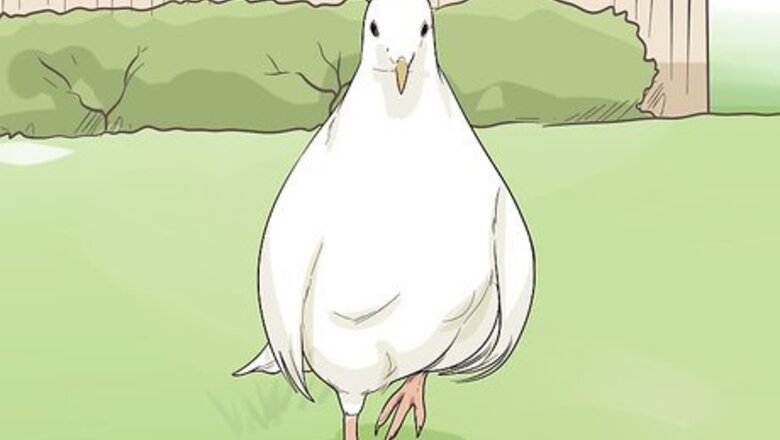
views
Interacting with Your Doves
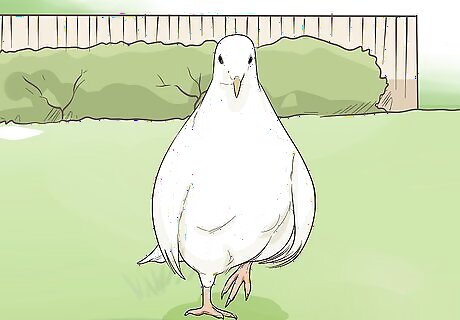
Let your dove have a walk-around. If you have a dove in a cage, make sure you let them out once a day to walk around. Hang out with them while they walk around, making sure they don’t get into anything they’re not supposed to. Keep your doves away from toxic substances, open water sources (toilet, etc.), heaters or fireplaces, ceiling fans, glass and mirrors. Make sure they don’t escape through an open door or window. Watch out for other pets like cats, dogs, and snakes, as well as wild animals like raccoons or hawks that may try to get to your doves.
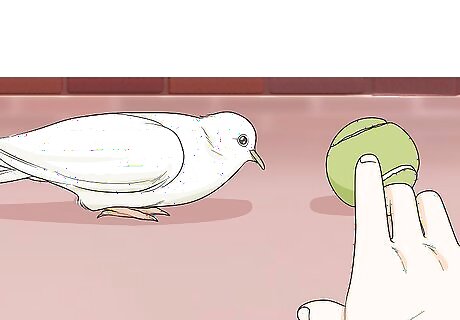
Play with your bird. You can use the toys that are already in your bird's aviary or cage, or you can have special toys that you only play with together. This will tell your bird it’s time to interact with you.
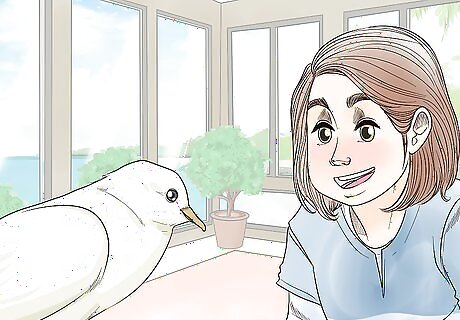
Talk to your bird frequently. Even if your bird is locked safely in its cage, talk to it! You can ask how it’s doing, describe what you’re doing, or just chat. It will learn to recognize your voice and will love the interaction.
Providing In-Cage Entertainment

Keep at least three toys in the dove cage. Three toys gives your bird a bit of variety but still leaves them enough room to play. Doves generally prefer ladders and swinging perches for toys. They also like small wooden toys that they can re-arrange repeatedly. You can dye wooden toys with food-safe stains, but avoid painted wood. The paint can chip off and choke or poison the dove. Avoid choosing toys that are small enough that the dove could choke on or swallow.
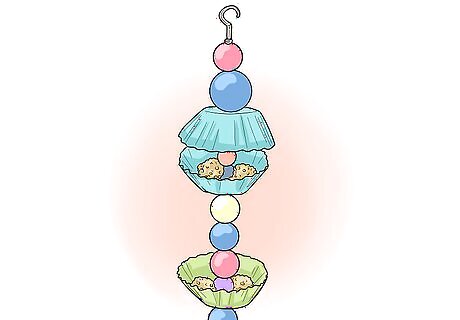
Use foraging toys. These are toys that have space for you to hide food or treats for your dove. Because doves are natural foragers, the chance to work a little bit before they get their food will feel natural to them. You can also hide some of their food around the aviary or dovecote (if that’s their habitat) so they have to forage for it.
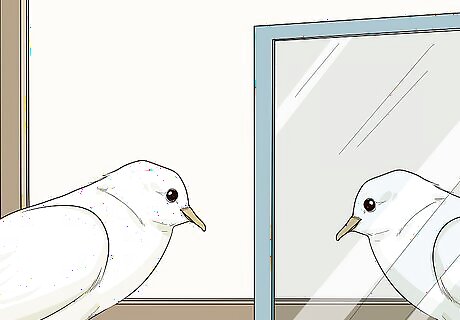
Place mirrors in their habitats. Doves can recognize their own reflections in mirrors, and they may use them in a similar way to how we watch TV. Place a few mirrors around their habitats and watch them entertain themselves.
Providing Stimulation While You're Gone
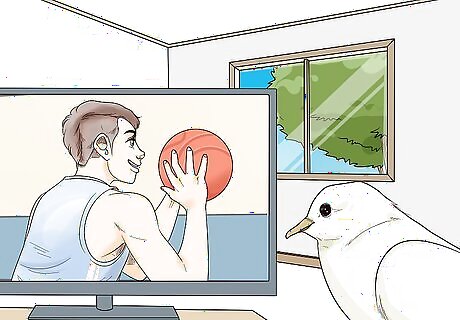
Leave the TV on when you’re not home. Having noise in the house will prevent them from becoming bored even if you’re not home. Don’t leave the TV on a nature channel though – your bird might be scared by images of predators. The TV volume should be slightly lower than the volume you normally use.
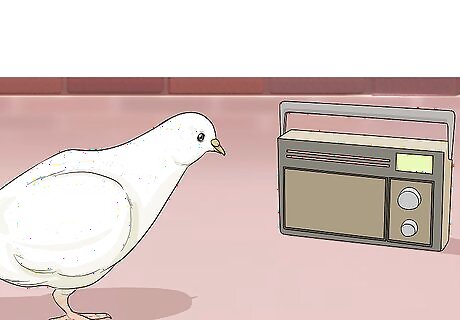
Let them listen to the radio. You can place a small radio near your bird, and turn it on when you leave the house. The bird will recognize that there are human voices, especially if you talk to your bird frequently. You could also play soothing bird sounds to your doves. If the radio is near your doves, it doesn't need to be up very loud - on a medium setting is fine. You can also choose to play music designed for birds on CD or on websites like YouTube.
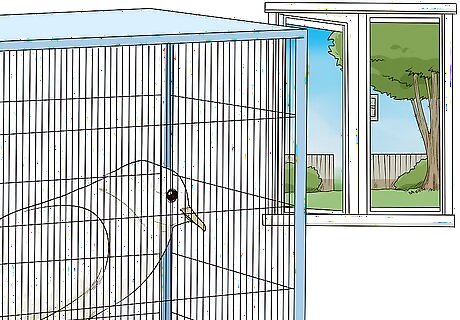
Place their cage somewhere with a view. This might mean near a window, or where they can look out on your home and see what everyone is doing. This will keep their interest and prevent them from getting bored. If you put the dove cage near a window, be sure to protect them from drafts as well as direct sunlight, which could cause them to become too hot.
Entertaining Multiple Doves
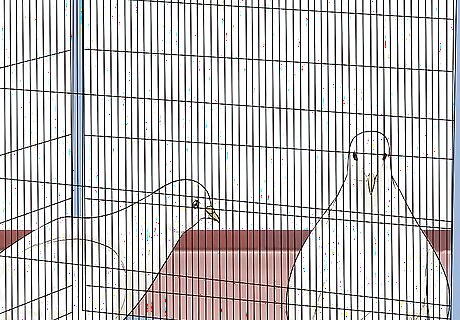
Make sure they can see each other. If your doves share a cage, they'll obviously be able to see each other. But if they don't, make sure their cages face one another. They'll be able to watch each other and interact, mainly through cooing and chirping.
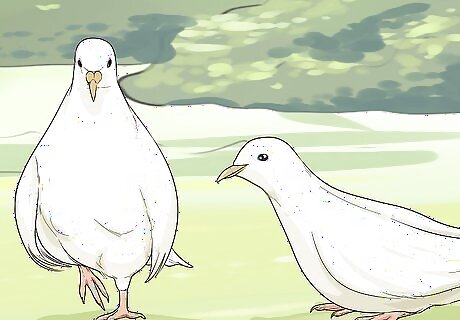
Let your birds out at the same time. If you have multiple doves, give them a chance to walk around at the same time. You can play with them with the same toy, or have toys that are specific to each bird.
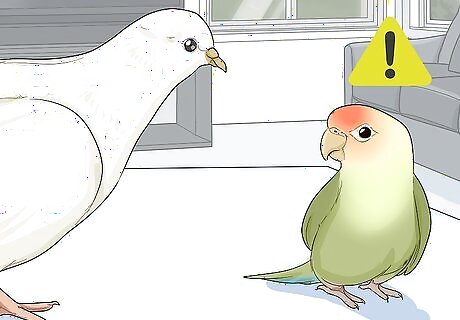
Be wary of adding other birds. Doves are territorial and might attack new birds. It's best to have a separate cage for any new birds, and only introduce them to each other during play time. If you do want them to meet, make sure you stand there to observe their behavior to prevent any injury.




















Comments
0 comment